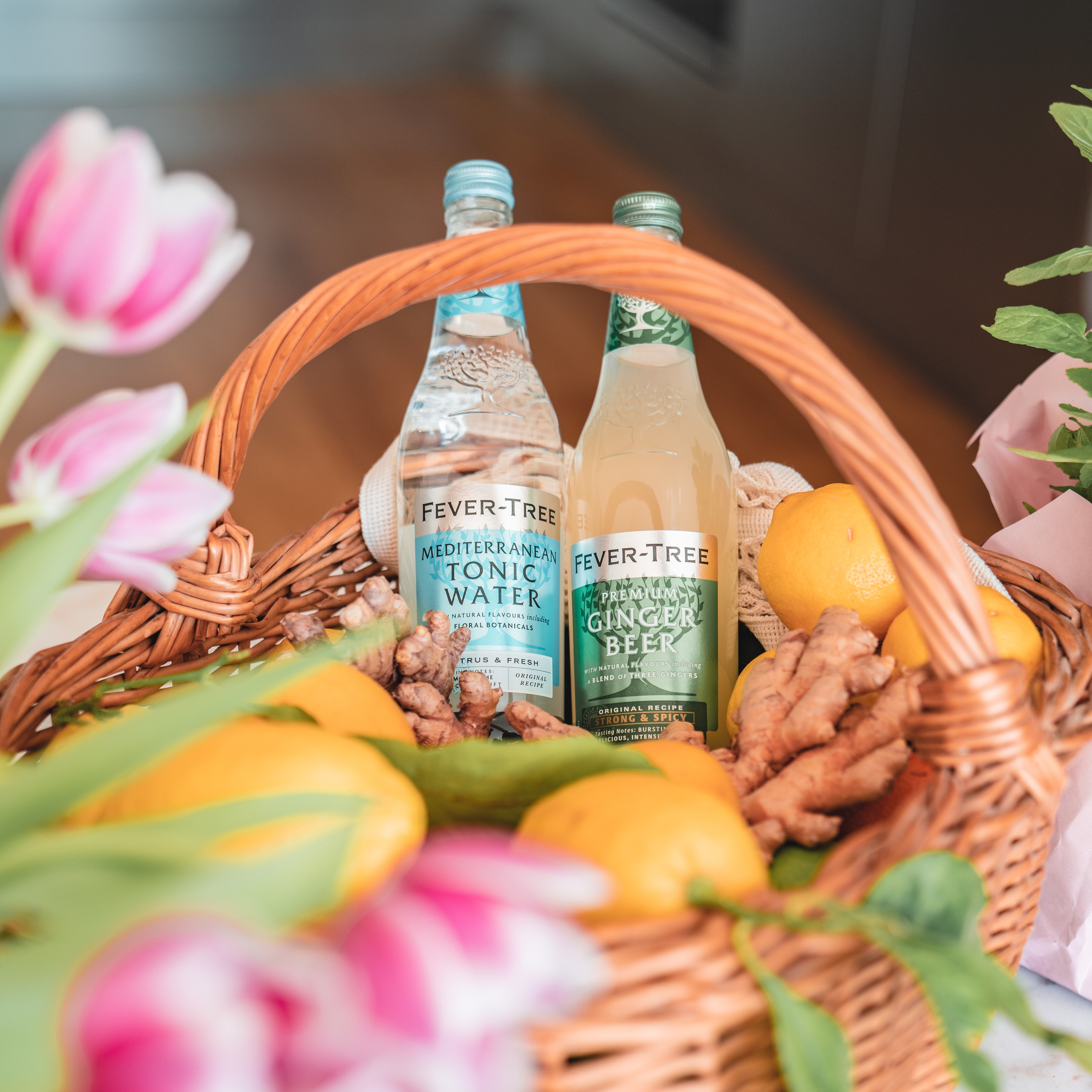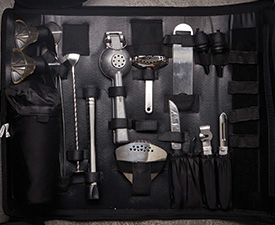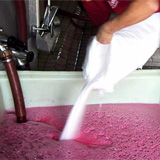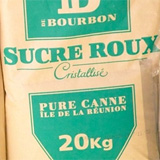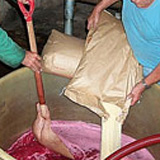Chaptalisation is the process of adding sugar to unfermented grape must in order to increase the alcohol content after fermentation. Under certain circumstances, such as grapes not ripening fully in cool climates, there may be insufficient natural sugar in the grapes to give a suitable level of alcohol. When it is used, it has to be handled carefully, or it may cause unbalance to the wine due to the artificially elevated alcohol.
The technique is named after its developer, the French chemist Jean-Antoine-Claude Chaptal (1756-1832). In 1801, while in the services of Napoleon, Jean-Antoine-Claude Chaptal began advocating the technique as a means of strengthening and preserving wine. This process is not intended to make the wine sweeter, but rather to provide more sugar for the yeast to ferment into alcohol.
Chaptalisation has generated controversy and discontent in the French wine industry due to advantages that the process is perceived to give producers in poor climate areas. In response to violent demonstrations by protesters in 1907, the French government increased the taxation on sugar and passed laws limiting the amount of sugar that can be added to wine.
Chaptalisation is sometimes referred to as enrichment; the legality of chaptalisation varies by country, region, and even wine type. The technique of adding sugar to grape must has been part of the process of winemaking since the Romans added honey as a sweetening agent.
Different techniques are used - In the normal chaptalisation process; cane sugar is the most common type of sugar added, although some winemakers prefer beet sugar or corn syrup. In many wine regions, brown sugar is an illegal additive, and in regions that disallow chaptalisation altogether, grape concentrate may be added.
In some areas, such as Germany, wine regulations dictate that the wine makers must label whether or not the wines are 'natural', (i.e. without sugar). Other areas, such as France, do not have such label requirements.







